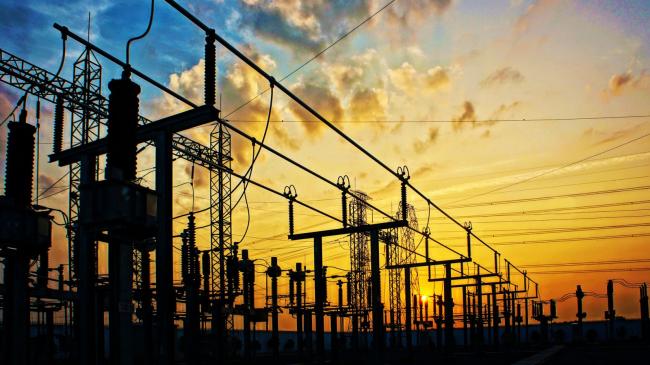Changing Technologies, from Past to Present
Substation feeders may not have always been metered directly in the past, but over the years, technology and engineering requirements have changed dramatically. As the appetite for increased amounts of data to feed analytics grows, the importance of additional information streams is essential for understanding the changes in the electrical environment of the substation as well as the distribution systems they are connected to. To that end, devices designed especially for the task of providing answers, and not just data are likely to become the norm. From past to present, the needs and technologies have shifted.
The Past
- Substation feeders were rarely metered. When they were, it was with analog voltage and current measurement devices that only provided instantaneous information locally.
- Eventually round, dial type meters were replaced with first-generation electronic meters that were usually limited to volt or amp measurements and same as analog metering had no capture capabilities.
- As the technology caught up with engineering requirements, these meters evolved further into “Power” meters, with added active, reactive, and apparent power as well as PF. These meters however remained largely local, read indicators-only.
The Present
- Protective relays in the stations include some minimal metering data; however, their primary focus remains protection and therefore not a good choice for metering.
- The continually growing need for greater power quality scrutiny makes it necessary to upgrade those old volt / amp metering devices to account for both real-time and historical indicators.
- These new meters can now provide data which must route back to the appropriate operations and or engineering group to maintain system reliability and overall efficiency. Further, meeting advance communications requirements that support multiple protocols such as DNP, Modbus and now IEC61850 to meet more than one system tie in’s is essential.
The Intelligent Meter Conclusion – Why install feeder meters?
- Today’s smart substation automation projects demand highly accurate, multi-function digital metering that supports ALL electrical and status measurements.
- By leveraging the advantages of new technology in older stations you’ll quickly realize increased operational awareness and efficiency.
- Don’t try to put the proverbial round peg in a square hole–customize your meters to exactly meet your specific measurement requirements with the appropriate communications to integrate with other existing station system like RTU’s.
Essential intelligent metering functionality guide
Some key included features of intelligent metering for today’s substation and feeder meter applications:
- Revenue Accuracy to at least ANSI 0.2% (many now meet the new 0.1% standard)
- PQ monitoring / measurements including: Waveform capture, Sag / Swell detection, built in fault analysis with disturbance direction detection, Harmonics for total and individual for V & A
- Multi-function, local display (real time and historical trend info)
- On-board data and event recording (on-going recording and out-of-limits based event capture)
- Sequence of Events recording to 1mS (or even better as required)
- Selectable communications protocols
- Easily update and upgrade older socket, switchboard or panel based style metering with plug and play solutions
- Gateway functionality via serial and ethernet ports that improve communications
- Cyber security hardened to meet the stringent requirements of NERC CIP
The Benefits
Finally, let’s recap. “Why meter substation feeders?”:
• Gain significant situational awareness visible across multiple groups such as Substation Engineering, SCADA, Power Quality and Metering.
• Improve station reliability so you can meet and maintain public utility commission requirements. Improved traceability provides better technical assessment of both real-time load conditions as well as post-event analysis and documentation.
• Eliminate the need to maintain multiple pieces of equipment with a single, multi-function device that directly contributes to equipment and cost reduction. Avoid costly time training personnel on multiple types and manufacturers’ equipment.
[Courtesy: Paul Golden, www.schneider-electric.us/utilitymetering]













Add comment